This year has been an exciting one for CFE/Save the Sound. We’ve seen a lot of successes throughout the year, from the passage of a sea level rise bill during the legislative session to the completion of our West River Tidal Marsh Restoration Project. We rallied the troops to testify at the Plum Island DEIS Public Hearing, successfully intervened in the merger of Northeast Utilities and NSTAR, and conducted our first live-Twitter chat to discuss Hurricane Sandy.
Read on below for more about some of the major highlights of 2012 for CFE/Save the Sound.
Legislative Session
We saw some major victories during this year’s legislative session, including the passage of:
- An Act Concerning Phosphorus Reduction in State Waters
- An Act Concerning the Coastal Management Act and Shoreline Flood and Erosion Control Structures
- An Act Concerning the State’s Open Space Plan
- The State Budget
We also successfully prevented several bad bills from making it through the legislature, including:
- An Act Transferring the Conservation Functions of DEEP to the Department of Agriculture
- An Act Concerning Intervention in Permit Proceedings Pursuant to the Environmental Protection Act of 1971
- An Act Concerning Stream Channel Encroachment Lines and Permits
- An Act Concerning the Establishment of Tolls for the Extension of Route 11
Several of our bills garnered wide support in the legislature, but were not brought for a vote because time ran out or their details were still being negotiated. These included a Clean Marinas bill; Dam Safety bill; and Energy Retrofits and Disclosure bill.
We are currently preparing for this year’s legislative session. You can check out our 2013 Legislative Agenda.
Endangered Lands
We saw several victories this year for our Endangered Lands program.
We successfully intervened in the merger of Northeast Utilities and NSTAR. After our intervention in February and an outpouring of letters from conservation activists, an agreement was reached between the state and the two utility companies. NU agreed to transfer 1,000 acres of open space, including King’s Island (Enfield/Suffield), Skiff Mountain (Sharon), Hanover Road (Newtown), and Barlett Road (Waterford), into a preservation land trust. The agreement also extends the existing Memorandum of Understanding until 2024 concerning the other 8,500 acres of land. This gives the local towns or a local land trust the option to buy the land if the company wishes to sell.
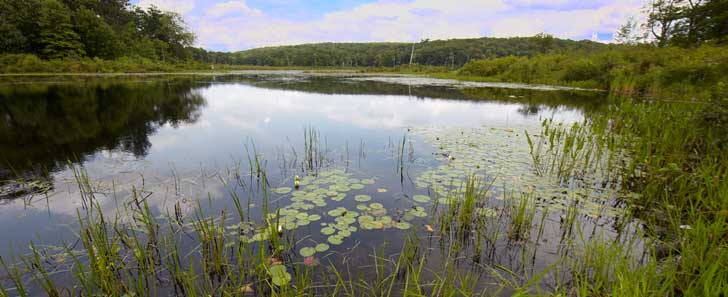
Photo courtesy of Northeast Utilities
In November, the Connecticut Appellate Court ruled in the Eureka V, LLC v. the Planning and Zoning Commission of Ridgefield, upholding our position limiting development in the watershed to one unit per two acres. In January, we filed a brief arguing that, if development in the watershed was approved, it must be limited to that density, the maximum supported by the CT Department of Public Health, Aquarion Water Company, and the state’s Plan of Conservation and Development. This is a major victory for us, as we have been working on the Eureka case since September 2007.
Clean Air & Energy
This year continued Connecticut’s steady progress towards becoming a national leader on energy efficiency.
This year’s legislative session saw the advent of a PACE program for commercial buildings and extended access to state efficiency programs for heating oil customers, both measures for which we advocated, along with our allies. Portions of a bill we strongly supported on building energy use disclosure and benchmarking were incorporated into the state’s draft Comprehensive Energy Strategy.
In October, CTDEEP released its draft Comprehensive Energy Strategy. The draft CES is a major step in the state’s energy decision-making. Since its summer release, we have participated in public hearings and technical meetings on the plan. Our submitted comments praise the forward-thinking nature of the plan, its commitment to energy efficiency, and its suggestions for improvements to the Regional Greenhouse Gas Initiative; caution that any expansions of natural gas infrastructure must be carefully analyzed for cost-effectiveness and risks, and that the Renewable Portfolio Standard should not be diluted by the inclusion of Canadian hydropower; and offer additional opportunities to maximize building efficiency and strengthen the state’s commitment to public transit and transit-oriented development.
With our allies in the Healthy CT Alliance, we continue to work towards the closing of the Bridgeport Harbor Station Coal Plant. Though DEEP renewed the plant’s permit in November, CFE and community partners remain committed to identifying a more sustainable path that will clean Connecticut’s air and renew the City of Bridgeport.
Sustainable Communities
We began the year successfully defending against amendments in the legislative session that would have killed CTfastrak (formerly the New Britain – Hartford Busway). In May, the state broke ground on CTfastrak and construction is now moving forward as scheduled. We are working with the Department of Transportation to help promote the project as it moves along and are excited to see its progress over the next two years.
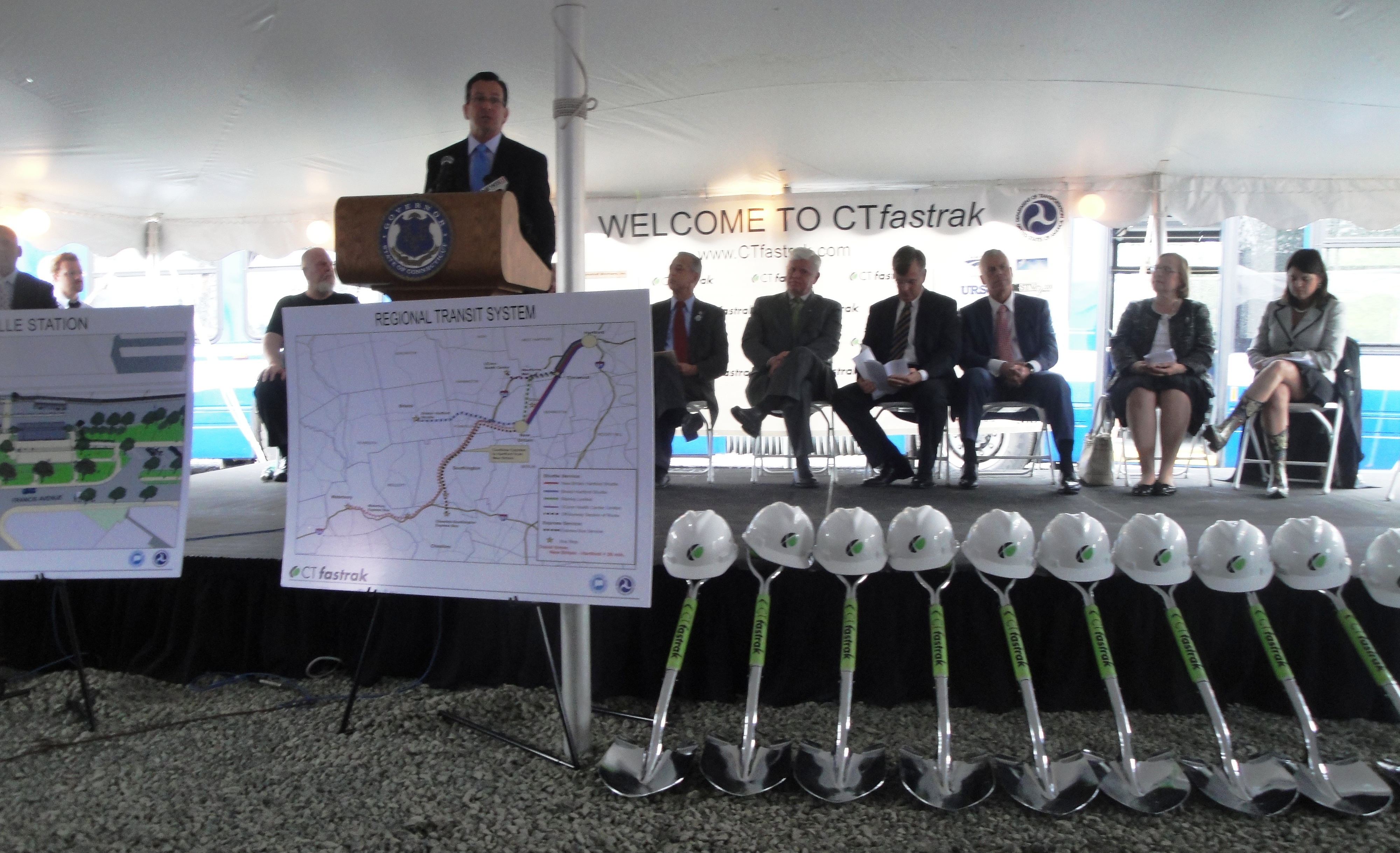
Earlier this month, we held a well-attended transportation funding forum where Governor Malloy announced the creation of an interagency transit-oriented development workgroup. We are very excited to work with them on moving TOD forward in our state.
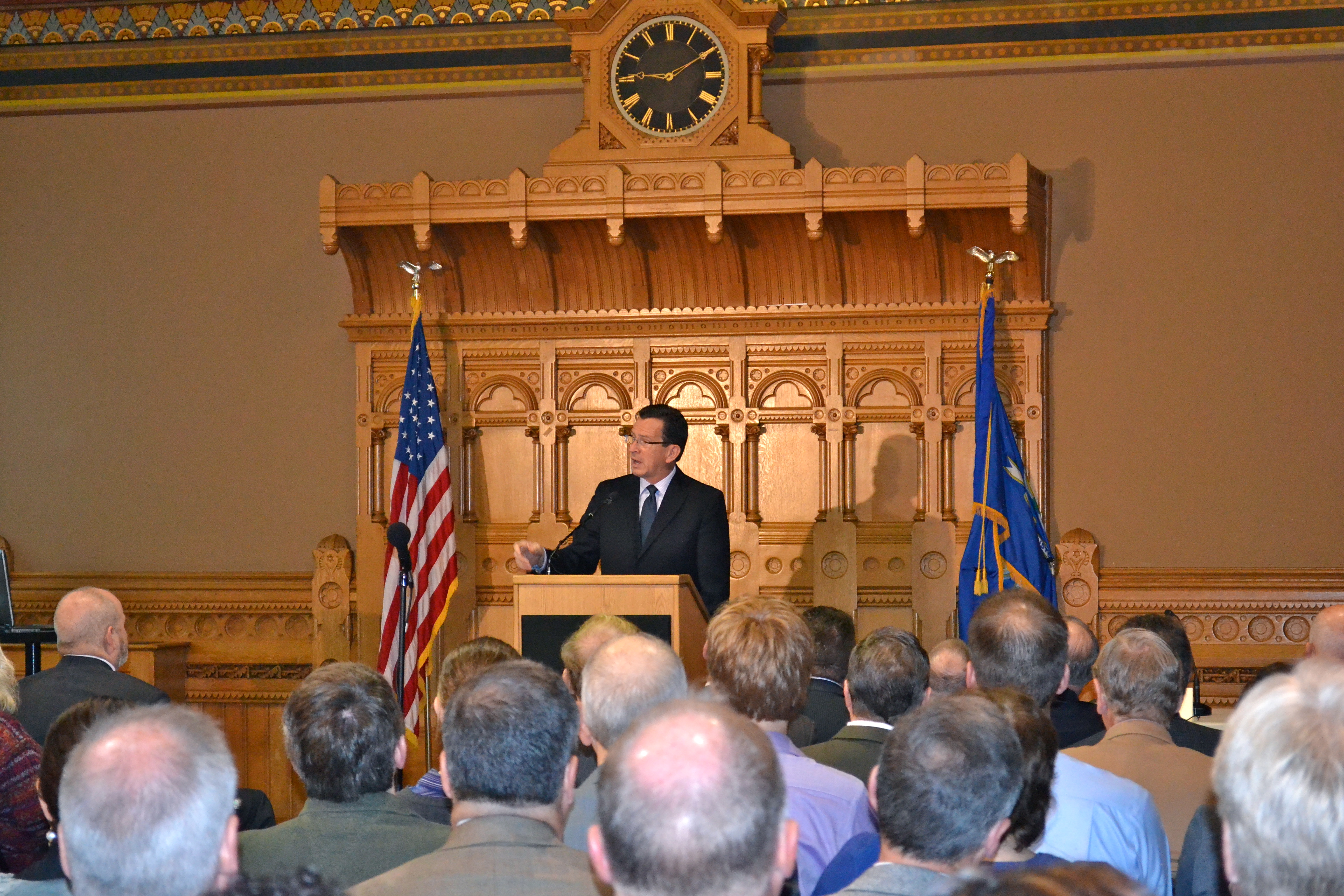
Green Infrastructure
We have spent a lot of the year working around the state promoting green infrastructure as a way to naturally reduce stormwater runoff, lower flooding risk and improve water quality.
Our Green Infrastructure Feasibility Scan of New Haven and Bridgeport, released in April, highlights areas in each city where green infrastructure techniques, like rain gardens and green roofs, could help reduce the amount of polluted runoff that enters the already over-burdened sewer systems. We continue to explore green infrastructure options with each city and look forward to helping them implement techniques in the future.
In September, we joined Secretary of the State Denise Merrill to unveil her new rain garden on the front lawn of her home in the West End of Hartford. We thank her for helping us to promote the usefulness and beauty of rain gardens!
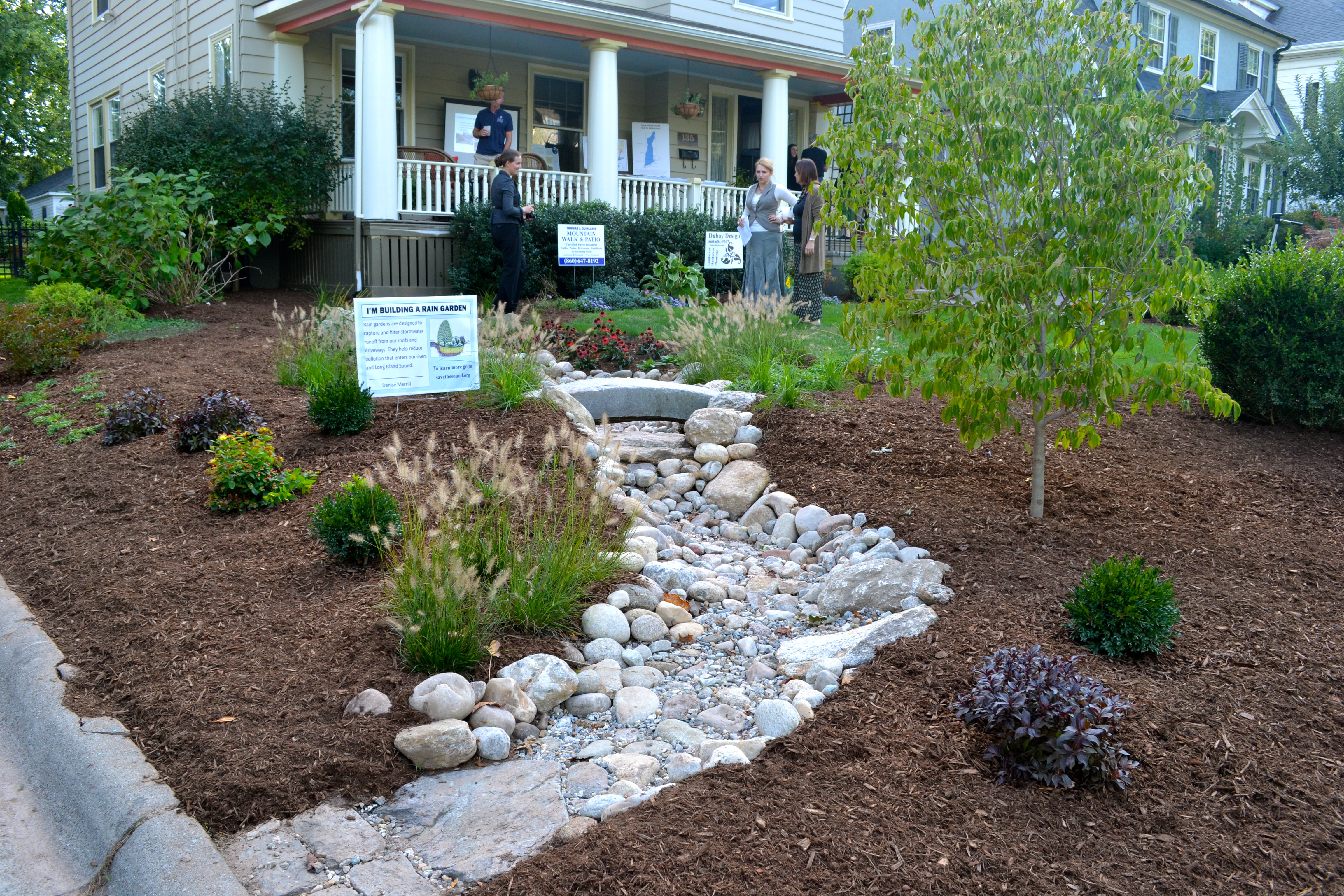
Thanks to funding from CTDEEP’s Quinnipiac River Groundwater Natural Resources Damages Fund, we are working to replenish drinking water groundwater in the Quinnipiac River Watershed by capturing rain that runs off roofs and other impermeable surfaces and redirecting it back into the ground. As part of this project, we are working with the Town of Southington to implement a large municipal bio-retention project. We are also working on finding residents of Southington, Meriden, Wallingford and Cheshire who are interested in constructing rain gardens on their lawns. If you are interested, contact Chris Cryder at ccryder@ctenvironment.org for more information.
In November, we launched ReduceRunoff.org, designed to help Connecticut homeowners learn about rain gardens, rain barrels, downspout disconnection, permeable pavers, and green roofs. This website was created in partnership with University of Connecticut Center for Land Use Education and Research’s (CLEAR) NEMO Program.
Habitat Restoration
We completed three habitat restoration projects this year: a streamside buffer planting in Trumbull, Wallace Dam Fishway Project in Wallingford, and the West River Tidal Marsh Restoration Project in New Haven.
Wallace Dam Fishway: In April, we completed our Wallace Dam Fishway Project with the partnership from the Quinnipiac River Watershed Association. The new fishway on the Quinnipiac River restored access to more than 17 miles of river and 171 acres of lake and pond to migratory fish for foraging and spawning. It was funded by the National Fish and Wildlife Foundation and through the Ecosystem Management and Habitat Restoration Grants administered by DEEP.
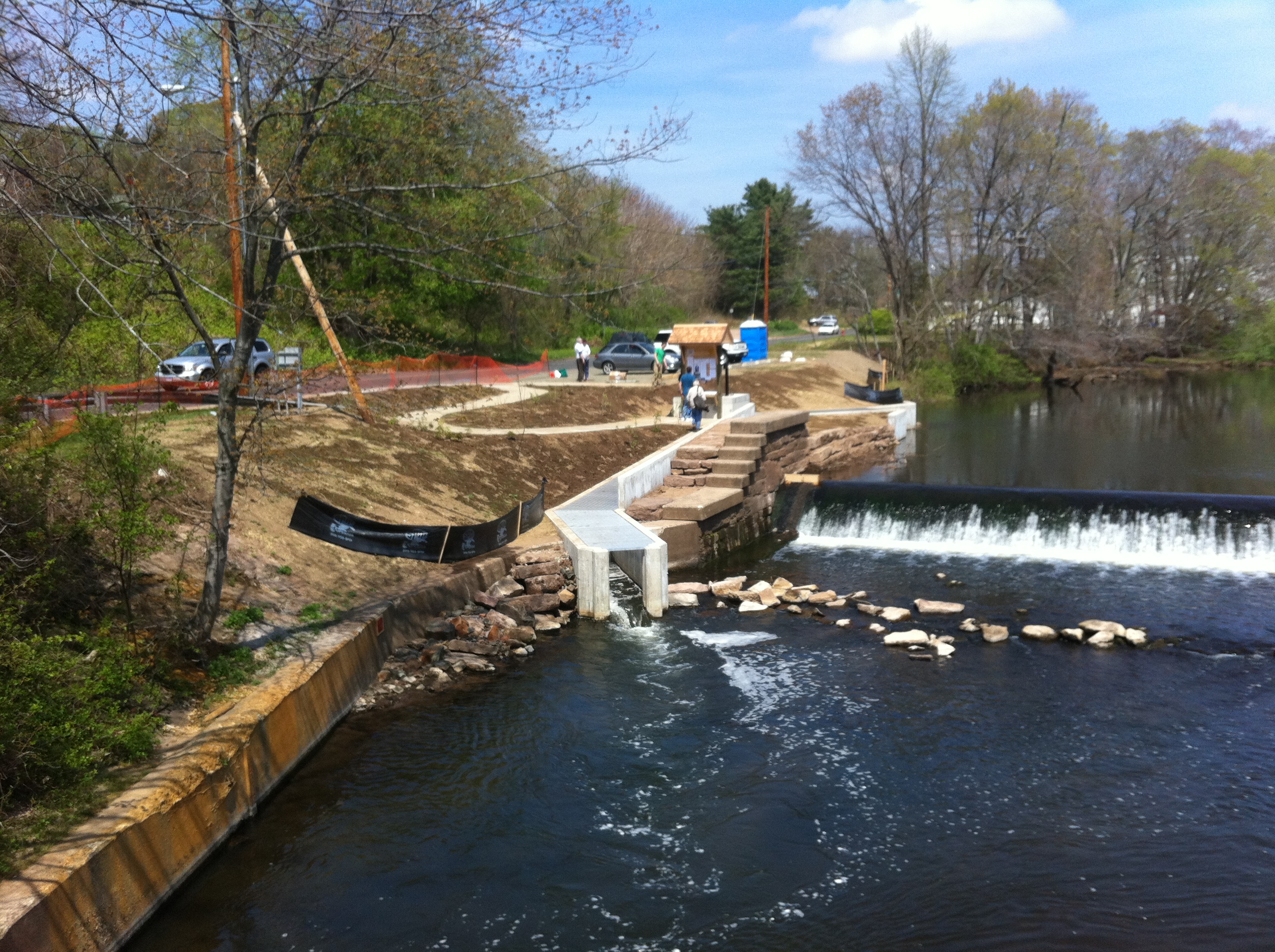
Photo credit: Leah Schmalz
Old Mine Streamside Buffer Planting: In May, we joined with the Trumbull Parks Department and Trumbull Conservation Commission to plan a streamside buffer in Old Mine Park. Planting native species on streamside banks helps to reduce soil erosion, to absorb flooding, and to provide shade and cool water for fish and other wildlife. The Old Mine buffer includes trees, shrubs, perennials, a stormwater retention pool and a rain garden to filter water before runoff from the road and parking area enters the Pequonnock River. Funds for trees, shrubs and plants, and landscape features were awarded through a competitive grant program of the Anne S. Richardson Fund to CFE and the Town of Trumbull. The Town contributed an equal share in materials and labor to match the Anne S. Richardson Fund grant and provide a beautiful and functional landscape at the parking entry for Old Mine Park.
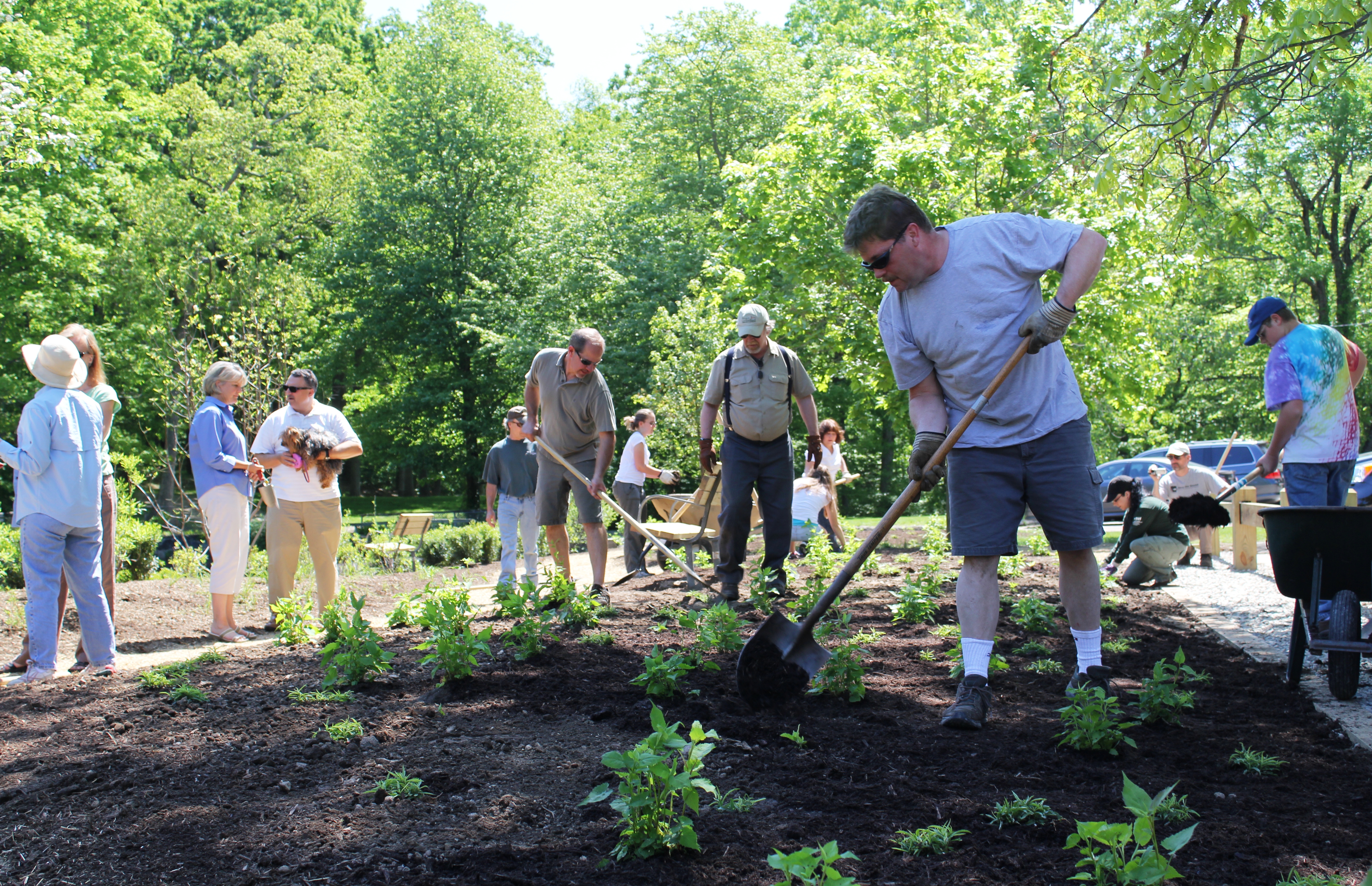
West River Tidal Marsh Restoration: In May, we completed our West River Tidal Marsh Restoration Project, the largest urban tidal marsh restoration project in New England. Through American Recovery and Reinvestment Act funding from the National Oceanic and Atmospheric Administration, we replaced three outdated tide gates with self-regulating ones. We also coordinated enhancements to the Edgewood Park Duck Pond, including a raised pedestrian walkway and boardwalk, to ensure that residents will be able to enjoy the duck pond, even during high tide.
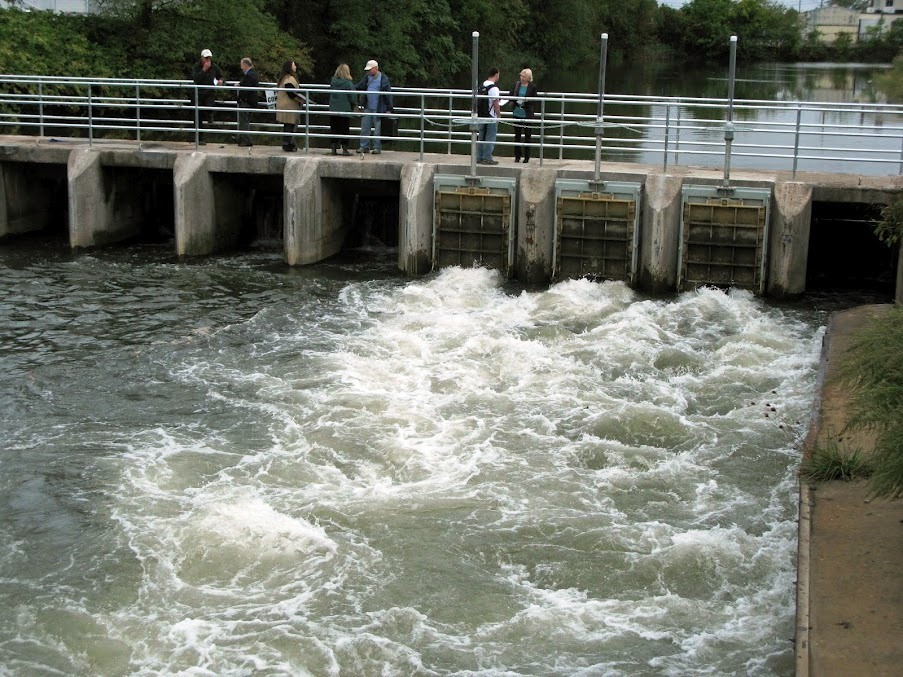
Coastal Cleanup
During the 2012 coastal cleanup season, we coordinated 57 cleanups, including 39 in September and October as part of The Ocean Conservancy’s International Coastal Cleanup. As part of those cleanups, we brought together 2,450 volunteers from around the state who removed 16,310 pounds of trash from 57 miles of Connecticut beaches and riverfronts.
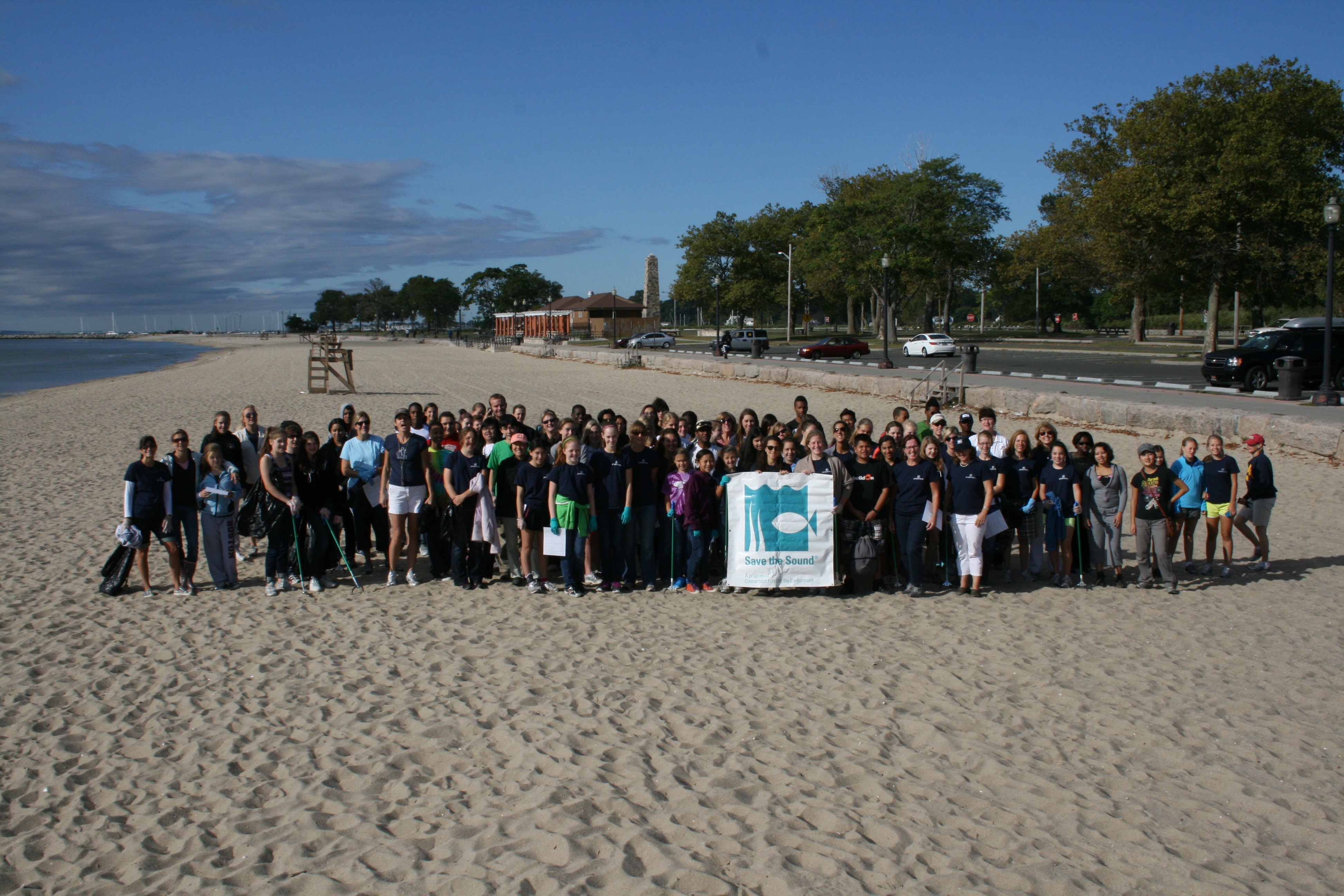
Coastal & Islands Protection
This was a big year for our last great coastal places in Long Island Sound.
In July, the U.S. General Services Administration released its Draft Environmental Impact Statement recommending an outright sale of Plum Island. Along with our allies, we worked hard to rally the troops to urge GSA to conserve this rare 840-acre island. Many Connecticut and Long Island residents turned out for the public hearings in September and spoke passionately in favor of protecting the island’s habitats. We are currently awaiting the final EIS and hope that GSA will recommend conservation of the undeveloped portions of the island.
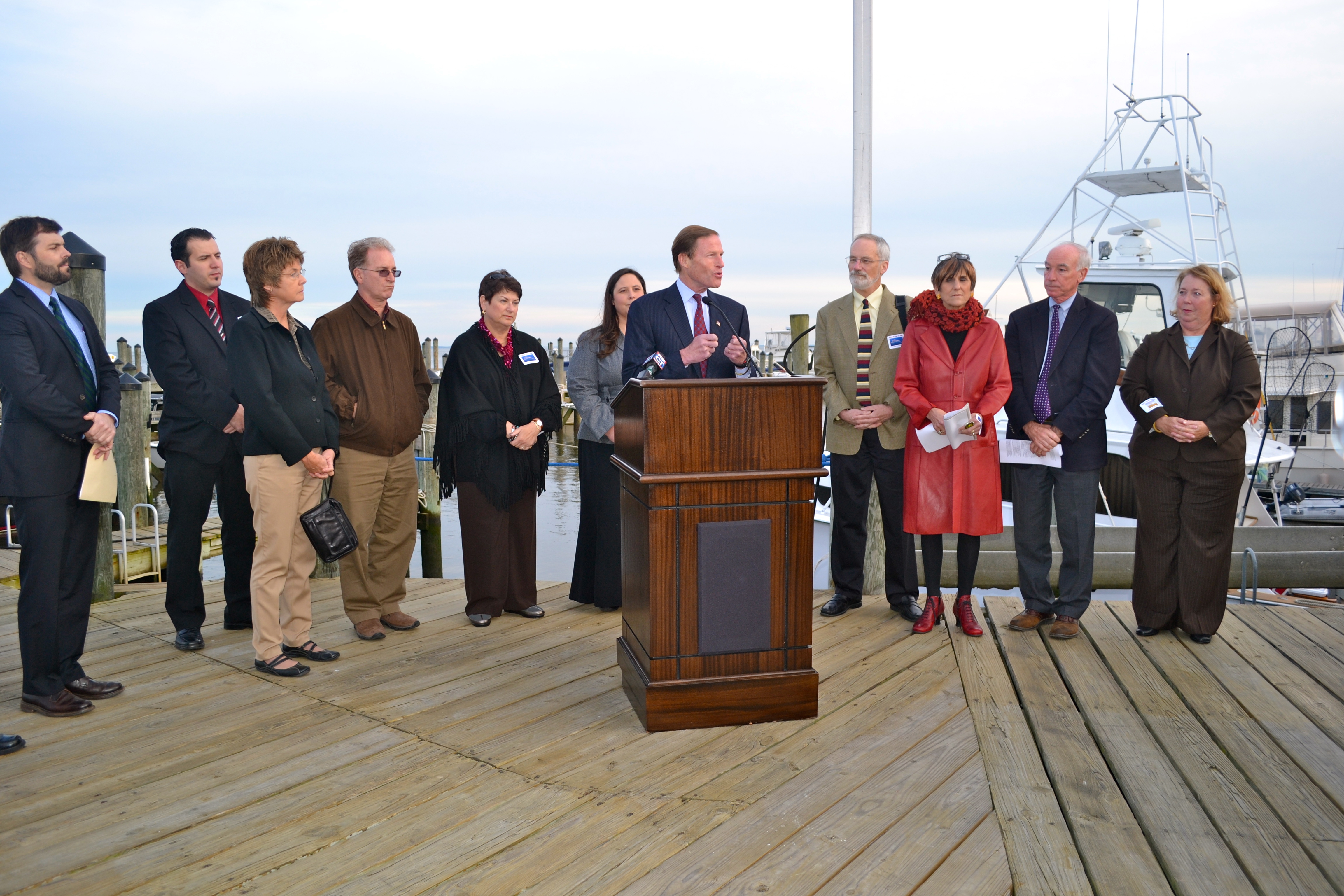
The GSA also put Little Gull Island up for auction this summer. Little Gull Island is one of three islands that make up the Plum-Gull Islands Complex, a Long Island Sound Stewardship Site as recognized by the Long Island Sound Study. We helped the New London Maritime Society secure funds to bid on the island; unfortunately, we were not the high bid and the island was sold to a private bidder.
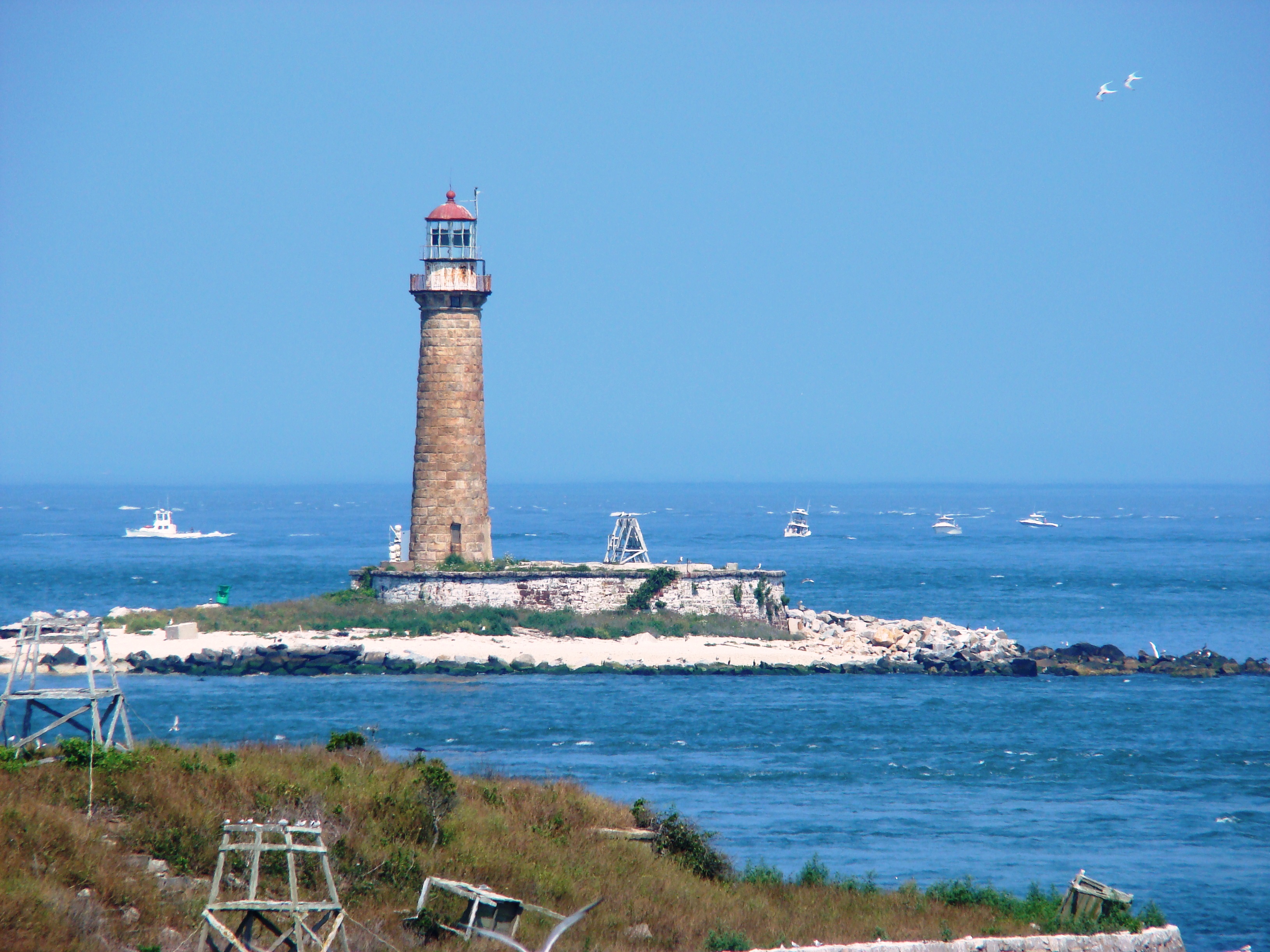
Hurricane Sandy
As we were still recovering from last year’s Hurricane Irene, the state got hit hard again by another tropical storm—Sandy.

We provided information prior to and after the storm as well as analysis after the storm about how the state was hit. We worked with Senator Blumenthal and other advocates to hold our first-ever live-Twitter chat about the storm to answer any questions residents had. We also partnered with Bank of America to hold a cleanup of Silver Sands State Park after it was ravaged by the storm.
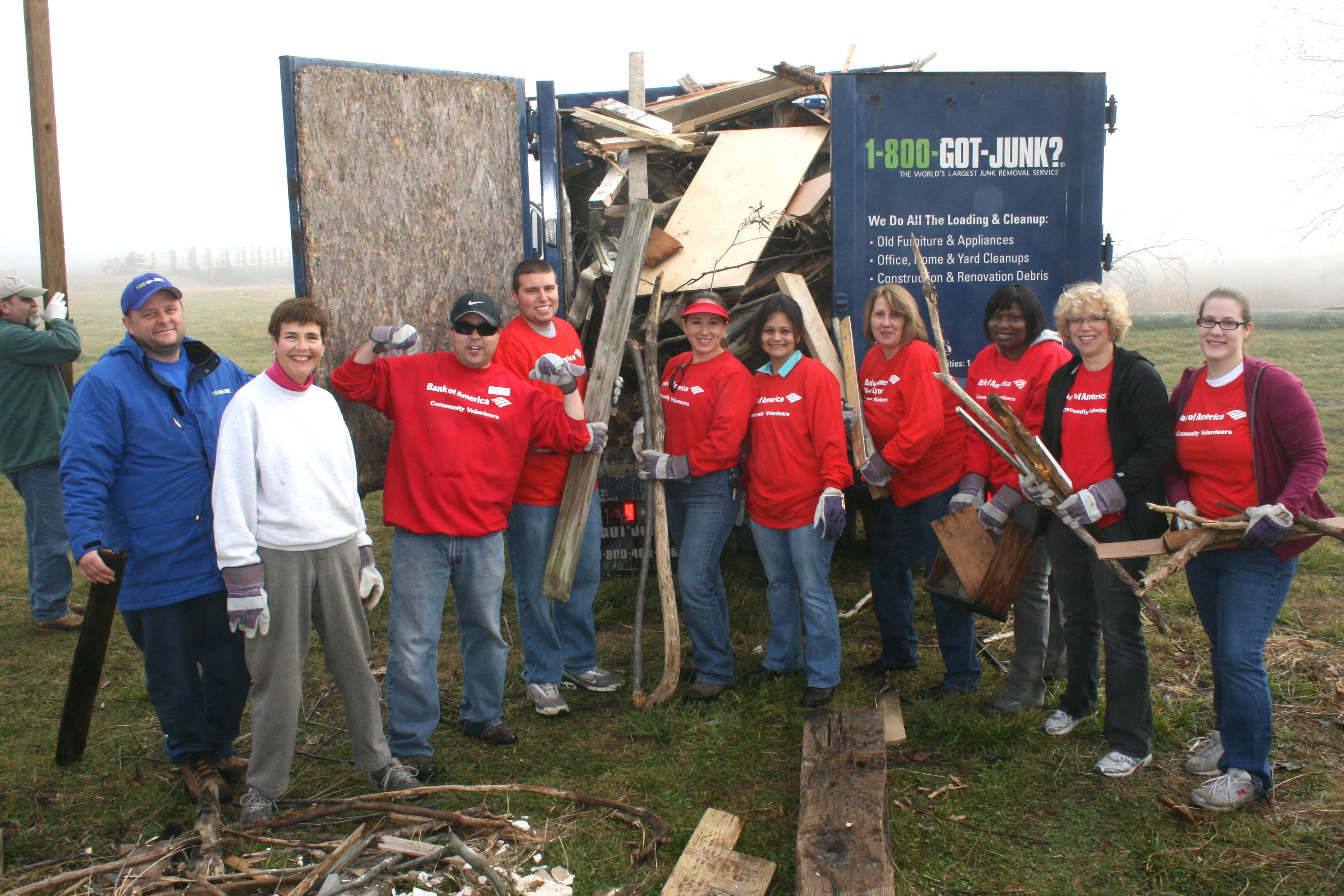
We also penned an op-ed in the Hartford Courant about the need to address climate change through adaptation and mitigation. We will continue to work with our elected officials and advocates to help the state look at climate change and begin to plan for adaptation so we aren’t hit so hard by the next storm.
Hypoxia
This summer marked one of the worst summers for hypoxia in Long Island Sound in years. In mid-August, in roughly 18 square miles of the western Sound—off Larchmont, Mamaroneck, New Rochelle, Sands Point and Glen Cove—there was almost no dissolved oxygen in the bottom waters.
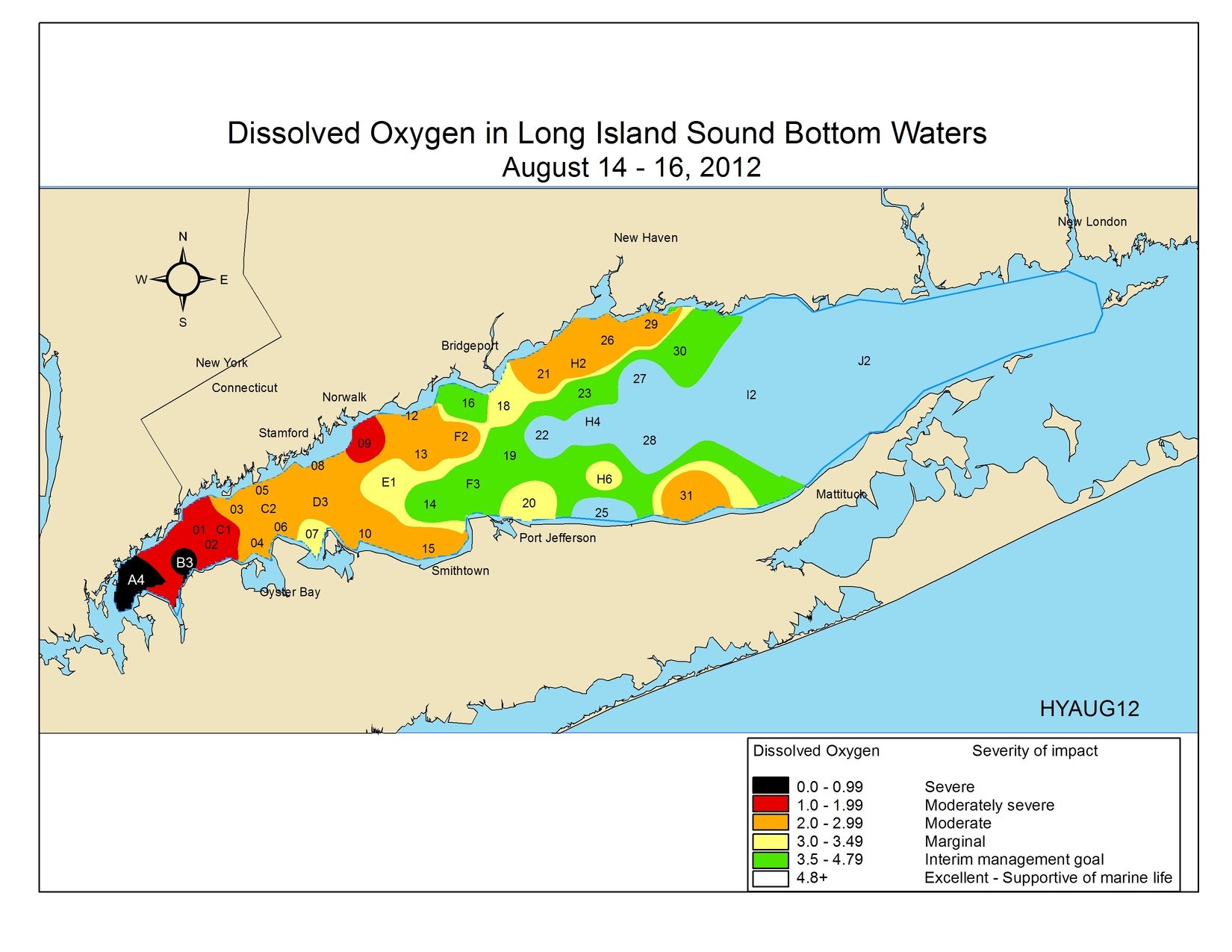
Conditions were almost as bad off Rye, Port Chester, Oak Bluff, Greenwich and Norwalk. And as far east as Smithtown and the town of Fairfield—an area covering 20 percent of the Sound—dissolved oxygen concentrations in the bottom waters were less than 3 milligrams per liter. While these conditions improved later on in the summer, this was very concerning, as such low oxygen levels can be deadly for marine life.
To better address the problem of hypoxia throughout the Sound, we branched out our Save the Sound work this year to cover Westchester and Long Island. In October, we filed an appeal of a New York State Department of Environmental Conservation consent order that relaxes the limits on nitrogen dumped into Long Island Sound by the Great Neck Water Pollution Control District.
It’s been a busy year at CFE/Save the Sound! We are looking forward to continuing our hard work protecting the land, air and water in Connecticut and Long Island Sound in 2013.
Posted by Rebecca Kaplan, director of communications for CFE/Save the Sound, and Laura McMillan, outreach associate for CFE/Save the Sound


1 thought on “CFE/Save the Sound’s 2012 Year in Review”
Comments are closed.